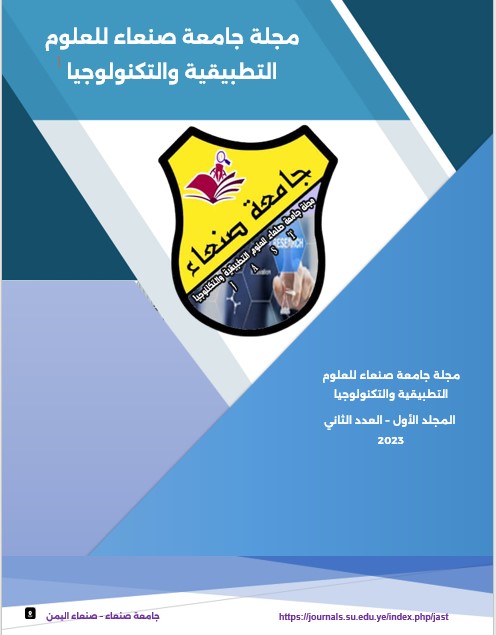Mechanical Properties of the (81Sn–xCu–(19-x) In) % Alloys with x=1, 2, 3, 4, and 5
الكلمات المفتاحية:
Sn- Cu -In alloys، Particle size، Mechanical properties، Cu additionالملخص
Research on Material Science has a long tradition, and lead has been used widely in many applications. Because of their low melting temperatures, low cost, and good wettability, tin -lead alloys have been preferred as solder alloys in industrial production, particularly in the electronics sector. However, due to the negative effects of lead on the environment and human health, studies on lead-free solder alloys have been increasing, and the subject is still important today. Furthermore, environmental protection agencies (RoHS and WEEE) have prohibited the use of lead-containing solder alloys in the manufacture of electronic and microelectronic products. In this work, the effect of adding Cu to alloys in five compositions of (81Sn-xCu-(19-x)In) % with x=1, 2, 3, 4, and 5 on the mechanical properties has been studied. The five samples were prepared from high purity (99%) elements (Sn –Cu –In ) using the melting technique. The creep of the ternary alloys was examined at different temperatures (25, 50, and 80 ) under three different loads (2.5, 6.3, and 11.4 MPa). It was found that the creep rate of the ternary alloys was increasing with the increases in Cu –content in all samples at different temperatures and loads. The mean values of the stress exponent were found to be in the range of (0.1-2.5) as well as the activation energies vaied in the range of (0.48-5.33) eV for all alloys under different loads (2.5, 6.3, and 11.4 MPa).
التنزيلات
منشور
كيفية الاقتباس
إصدار
القسم
الحقوق الفكرية (c) 2023 R.M.H. AL-Hdhrami, A.H. Al-Hammadi, Ibrahim G. H Loqman (Author)

هذا العمل مرخص بموجب Creative Commons Attribution-NonCommercial-NoDerivatives 4.0 International License.

